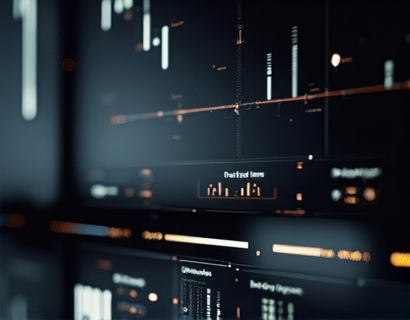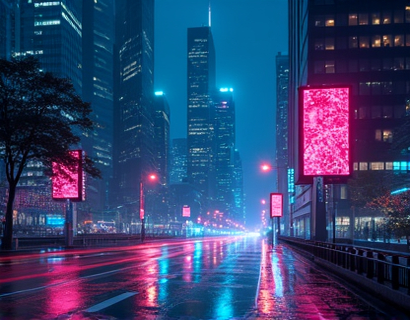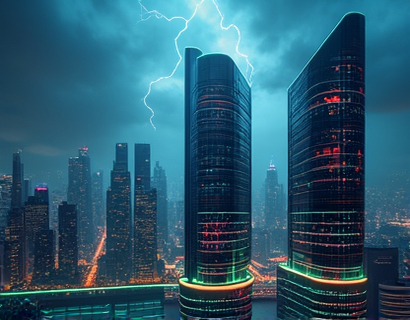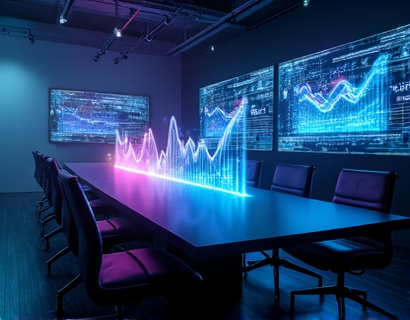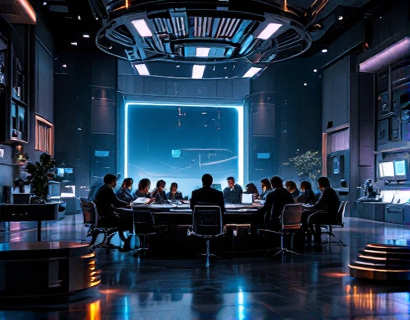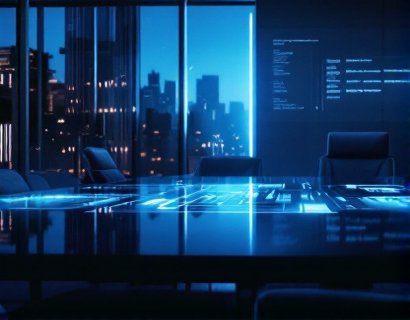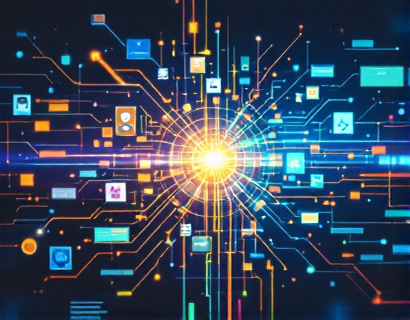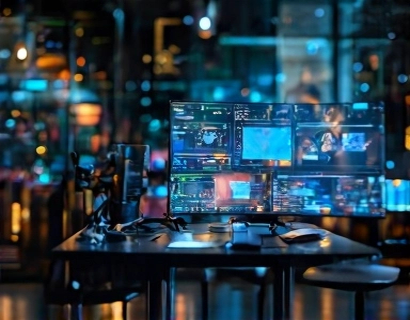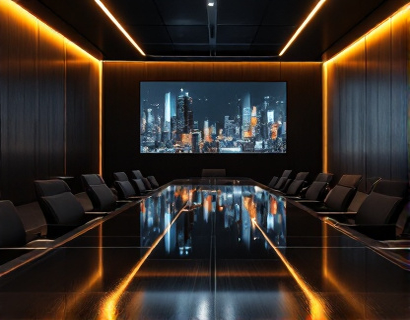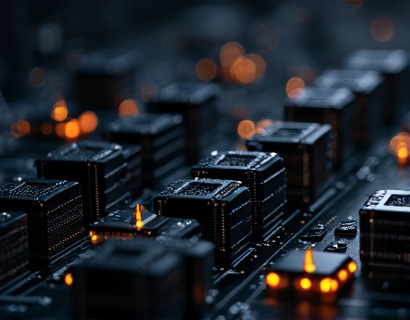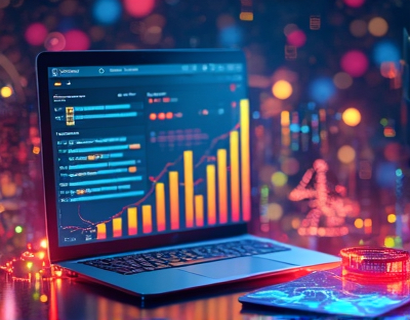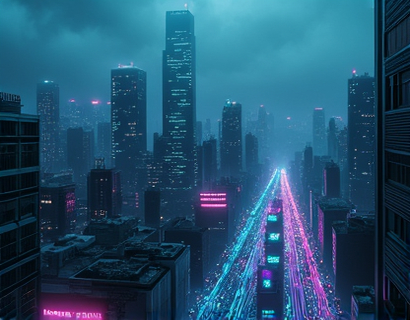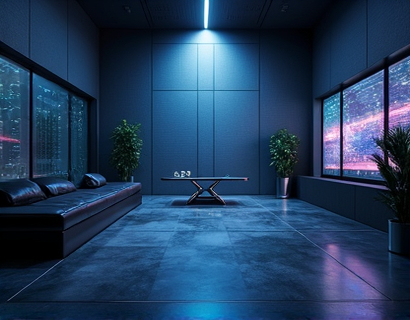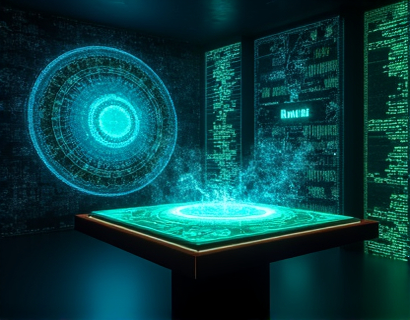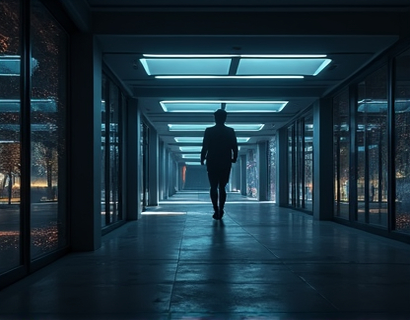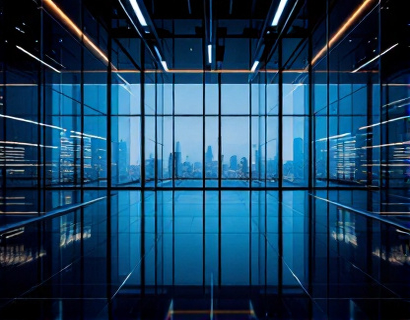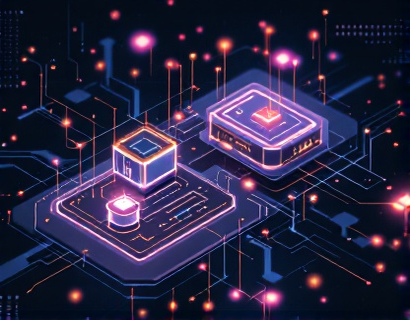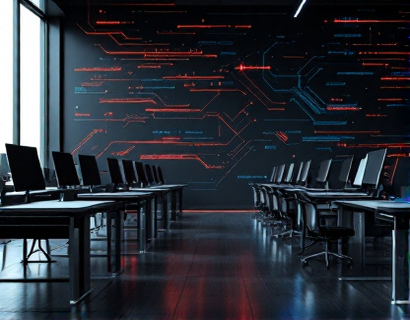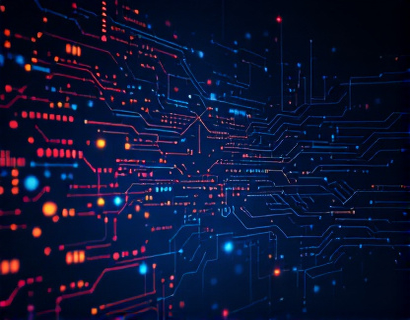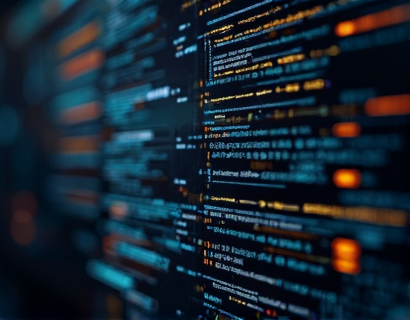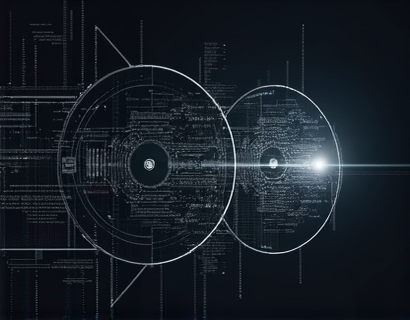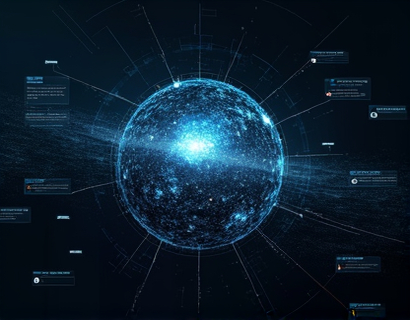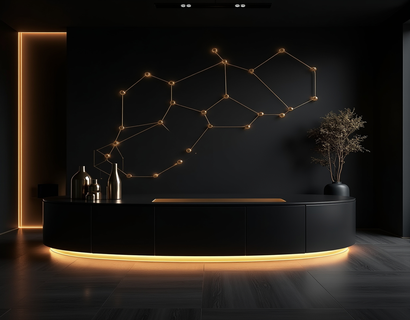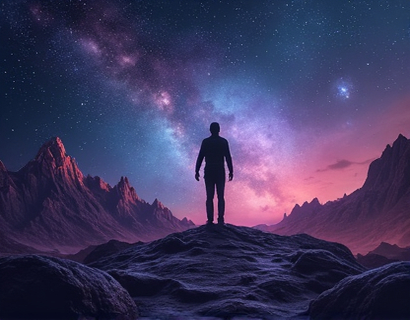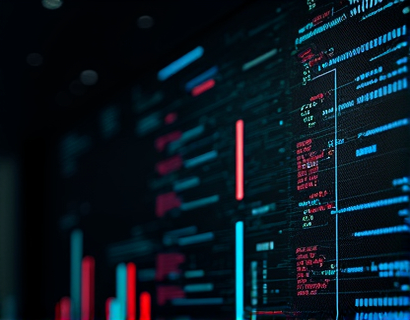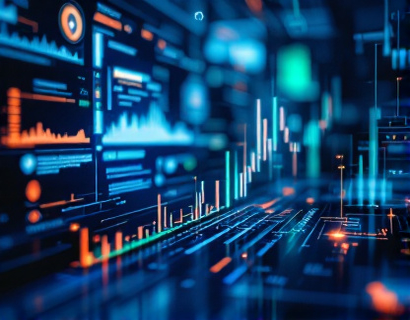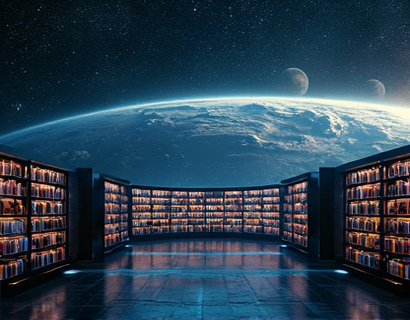AI-Powered Graphic Creation: Transforming Visual Design with Intelligent Online Tools
The landscape of graphic design is undergoing a significant transformation, driven by the integration of artificial intelligence (AI) into creative processes. This shift is making sophisticated visual design more accessible and efficient than ever before. AI-powered graphic creation tools are revolutionizing the way designers, marketers, small business owners, social media managers, content creators, entrepreneurs, freelancers, educators, and non-profit organizations approach visual content. These intelligent online tools are not only simplifying the design process but also democratizing access to high-quality visuals, allowing users to create stunning graphics with minimal effort and expertise.
Understanding AI in Graphic Design
AI in graphic design leverages machine learning algorithms to automate and enhance various design tasks. These algorithms can analyze vast amounts of data to identify patterns, trends, and best practices in visual design. By understanding these elements, AI can generate designs that are not only aesthetically pleasing but also aligned with current design principles and user preferences. The technology can assist in tasks ranging from color palette selection and typography choices to layout optimization and image generation.
Benefits of AI-Powered Design Tools
The adoption of AI-powered graphic creation tools offers numerous benefits. Firstly, it significantly reduces the time required to produce high-quality designs. What once took hours or even days can now be accomplished in minutes. This efficiency is particularly valuable for businesses and individuals with tight deadlines or those managing multiple projects simultaneously. Secondly, these tools lower the barrier to entry for non-designers, enabling a broader range of people to create professional-looking graphics without extensive training or experience.
Additionally, AI-powered tools enhance creativity by providing users with innovative design suggestions and options they might not have considered. This can lead to more unique and engaging visual content, setting projects apart from those created with traditional methods. The ability to experiment with different styles and layouts quickly also fosters a more iterative and dynamic design process.
How AI-Powered Tools Work
At the core of AI-powered graphic design tools are advanced machine learning models. These models are trained on extensive datasets of design elements, including images, logos, typography, and layouts. Through deep learning, the models learn to recognize and generate design components that are coherent and visually appealing. When a user inputs specific design parameters or starts a project, the AI analyzes the input and generates appropriate visual elements based on its training.
For instance, if a user requests a logo design, the AI might propose several options that align with the brand's identity and the user's specified style. It can also suggest color schemes, fonts, and compositions that complement the logo. Similarly, for social media posts or web banners, the AI can create multiple design variations, allowing users to choose the one that best fits their needs.
Applications Across Various Fields
The versatility of AI-powered graphic creation tools makes them applicable across a wide range of fields. For marketers and small business owners, these tools can streamline the creation of advertising materials, social media graphics, and email campaigns. Designers and content creators can use them to produce illustrations, infographics, and visual storytelling elements for blogs, articles, and presentations. Educators can leverage these tools to create engaging educational materials, such as charts, diagrams, and infographics, enhancing the learning experience for students.
Non-profit organizations can benefit from these tools by creating impactful fundraising materials, promotional content, and awareness campaigns. Freelancers and entrepreneurs can offer design services to clients with a more efficient workflow, reducing turnaround times and increasing client satisfaction. Even creative hobbyists can enjoy the ease and fun of designing personalized items, from home decor to merchandise, without the need for professional design skills.
Enhancing User Experience
One of the key advantages of AI-powered graphic design tools is their user-friendly interfaces. These platforms are designed to be intuitive, guiding users through the design process step by step. Users can input text, select color schemes, choose layouts, and adjust elements with simple drag-and-drop actions. The AI then refines the design in real-time, providing immediate feedback and suggestions.
Moreover, these tools often include a library of pre-made assets, such as icons, illustrations, and templates, which users can easily integrate into their designs. This not only saves time but also ensures consistency and quality across different projects. The ability to customize these assets further allows users to maintain a unique brand identity while benefiting from the efficiency of AI-generated elements.
Challenges and Considerations
While AI-powered graphic creation tools offer numerous advantages, there are also challenges and considerations to keep in mind. One potential issue is the risk of over-reliance on AI-generated designs, which might lead to a lack of originality or unique personal touch. It is essential for users to balance AI suggestions with their own creative vision to ensure the final product truly reflects their brand or message.
Another consideration is the quality and appropriateness of the AI-generated content. While AI models are highly advanced, they may not always understand the nuanced context or specific requirements of a project. Users should review and refine AI-generated designs to ensure they meet their standards and goals. Additionally, there are concerns about intellectual property and the use of copyrighted materials in AI training datasets, which platforms must address to maintain trust and compliance.
Future Trends in AI-Powered Design
The future of AI-powered graphic design is promising, with ongoing advancements expected to further enhance the capabilities of these tools. One area of development is the integration of natural language processing (NLP) to allow users to describe their design ideas in natural language, with the AI translating these descriptions into visual elements. This could make the design process even more accessible and user-friendly.
Another trend is the incorporation of augmented reality (AR) and virtual reality (VR) into design tools, enabling users to visualize and interact with designs in 3D environments. This could revolutionize fields such as interior design, product design, and virtual event planning. Additionally, the continued improvement of AI algorithms will likely result in more sophisticated and context-aware design suggestions, further blurring the line between human and machine creativity.
Conclusion
AI-powered graphic creation tools are transforming the field of visual design, making high-quality design more accessible and efficient for a diverse range of users. By automating complex design tasks and providing intelligent suggestions, these tools are empowering individuals and businesses to create stunning visuals with minimal effort. As the technology continues to evolve, the potential for innovation and creativity in graphic design is bound to grow, opening up new possibilities for everyone involved in visual content creation.



